Two Infinities
Tue, 15 Mar 2022
Some Observations of Nearby Physical Double Stars
A look at four nearby double star systems, KU39, MLR697, RST5366 and BU1191. These are speckle autocorrelograms derived from series of 400 exposures each taken outside Magdalena Feb 7, 2022.
KU39
KU39 is 57 ly away. KU39 is a closely matched pair with 10.4 mag primary and 10.7 mag secondary (visual light, Gaia BP passband, ~300-700 nm). Orbital elements have been computed for this pair, according to which the angular separation between the two elements should be .61 arcseconds. Gaia EDR3, however, finds the separation to be 1.19". Our own observation put the separation in the neighborhood of 1.13". The last observed entry in the WDS is 1.2", so one doubts the calculation of the orbit.
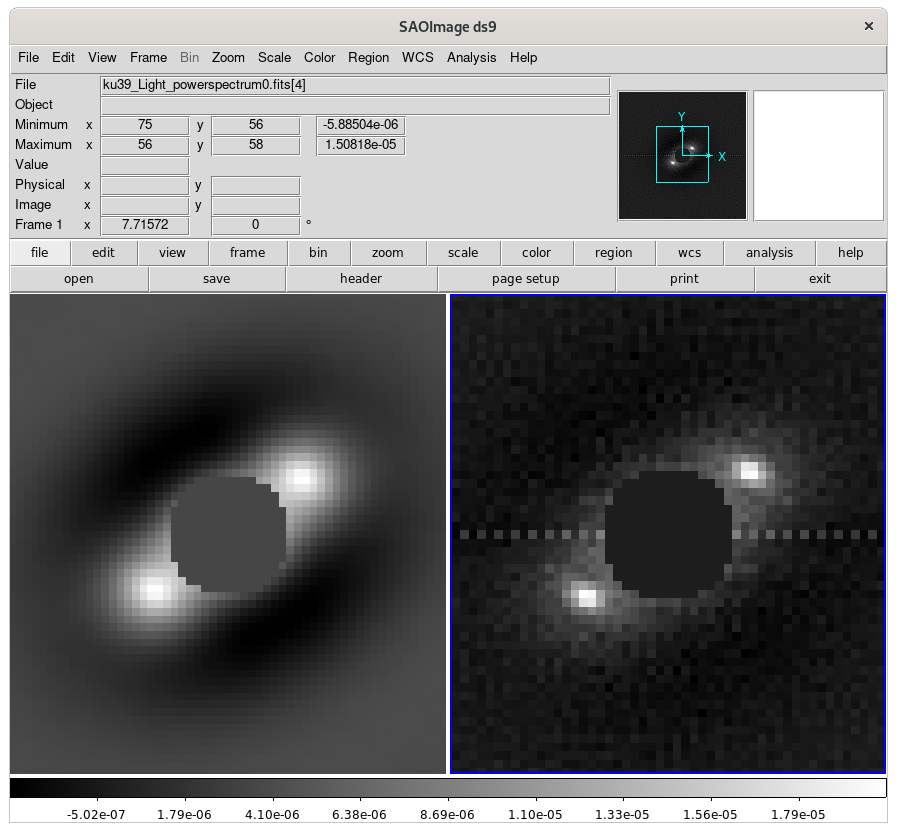
MLR697
MLR697 is 109 ly away and is a very closely matched pair with 9.9 mag primary and 10.0 mag secondary. In contrast to KU39 this pair does not have a calculated orbit. In fact there is only one observation recorded in the WDS catalog dating 1989 with separation 0.5". Gaia EDR3 records separation as .802". Our own measurements depend on the high-pass filter with a low of .759" and a high of .847", averaging .803" on one run to 200 exposures and a low of .757" and a high of .846", averaging .802" on a second run of 200 exposures. The jumps in our calulations stem from the difference of brightest pixel in the autocorrelogram as high-pass filter parameters are varied.
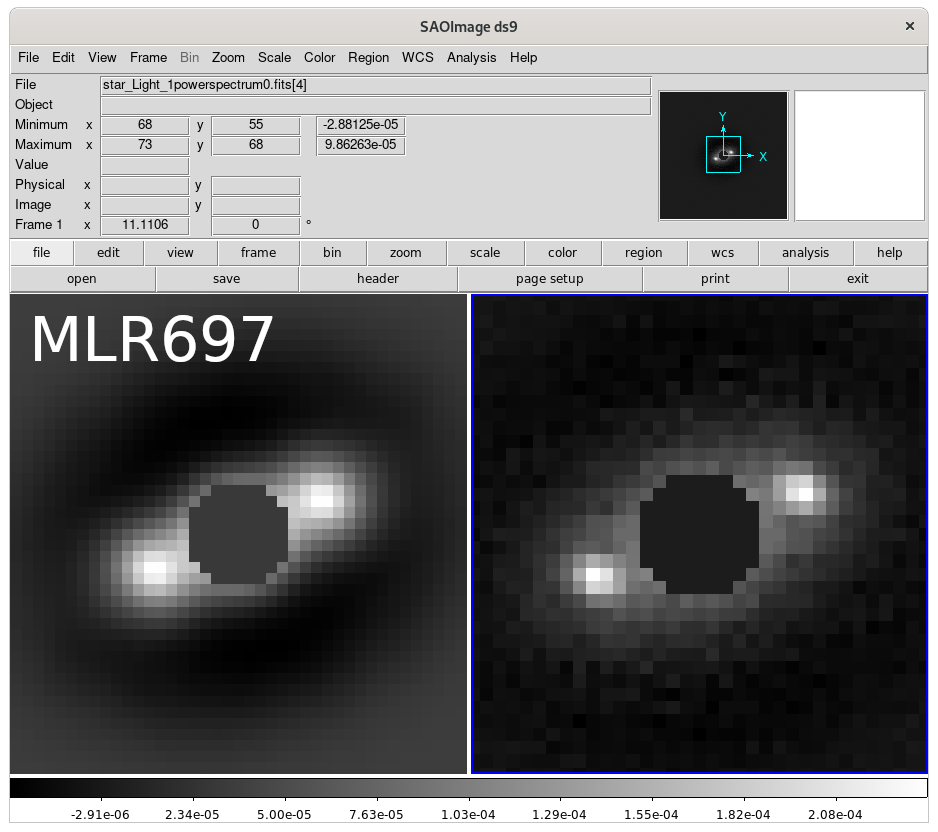
RST5366
RST5366 is also 109 ly away. In this case the secondary component is much dimmer than the primary, its magnitude in visual light listed as 12.7 in the WDS catalog, 2.44 mag dimmer than the primary mag of 10.26. There is no corresponding measurement in the Gaia data releases. However, in the broader green band, ~400-900nm, the magnitude of the secondary is given as 10.8, or 1.4 magnitudes dimmer. Our measurement of separation is clear but not so sharp: 1.11". This is way off both the Gaia and WDS measurents of .88". Perhaps the large magnitude difference corrupts our measurement, but the direction of error is not so clear (see below). If the secondary component magnitude in visual light really is 12.7, the this would extend the limiting magnitude of my 25 inch system with ZWO ASI183MM camera further than I had realized before.
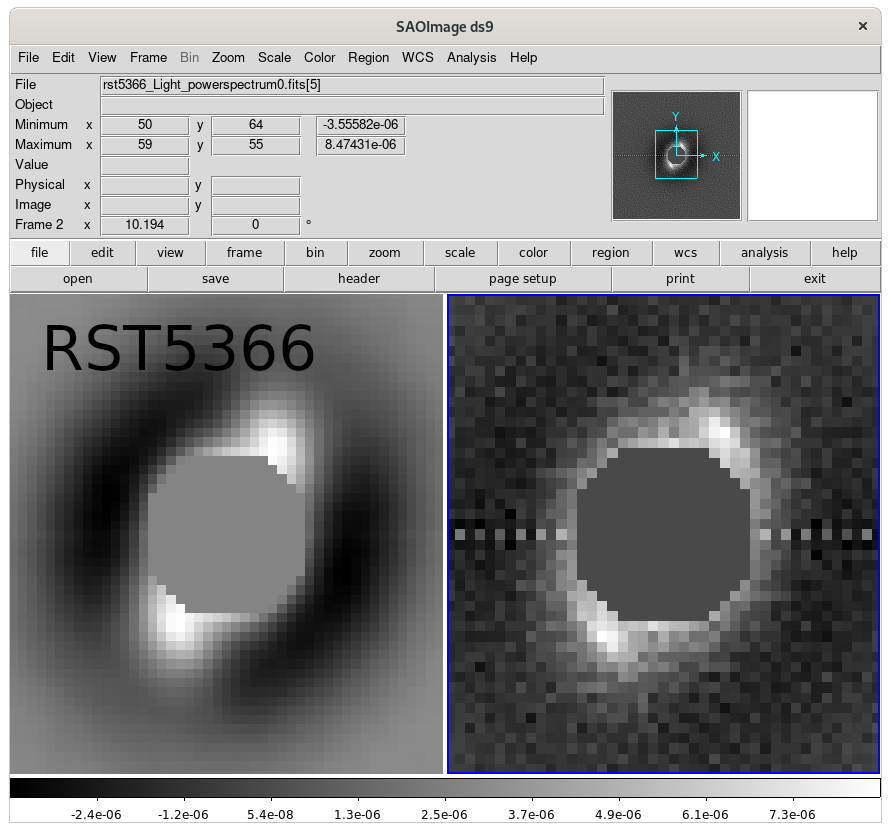
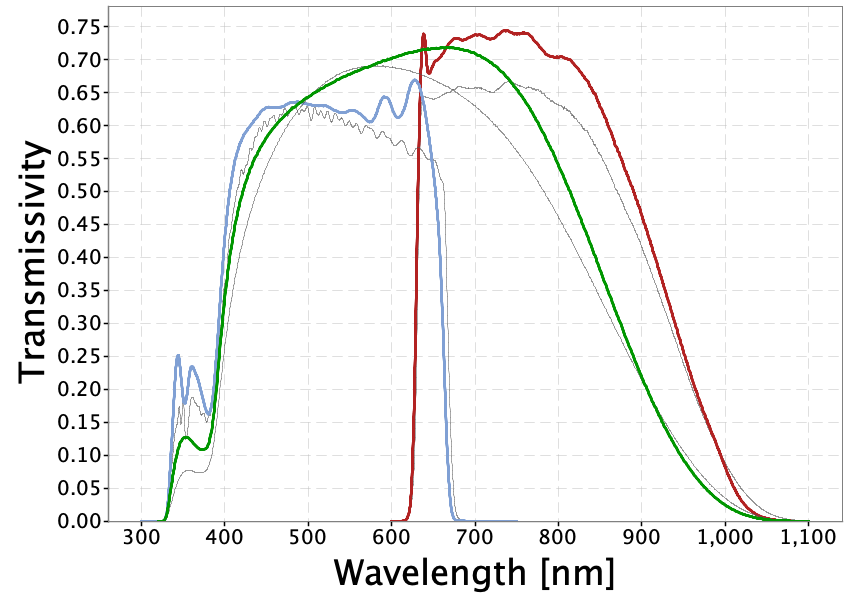
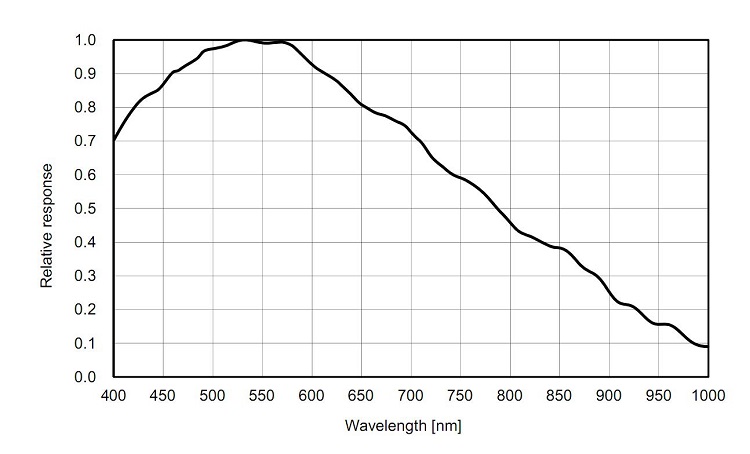
BU1191
BU1191 is the closest of these pairs at 48 ly away, and the magnitude difference is the greatest: 3.9 mag in Gaia's green passband, 4.8 mag in WDS visual light. However, separation listed in Gaia EDR3 (2014-2017) and WDS (2016) agree at 2.0". However, an orbit has been computed for this pair and predicts current separation to be 1.0". I measured the separation to be 1.6". Is this another inaccuracy or did the star move?
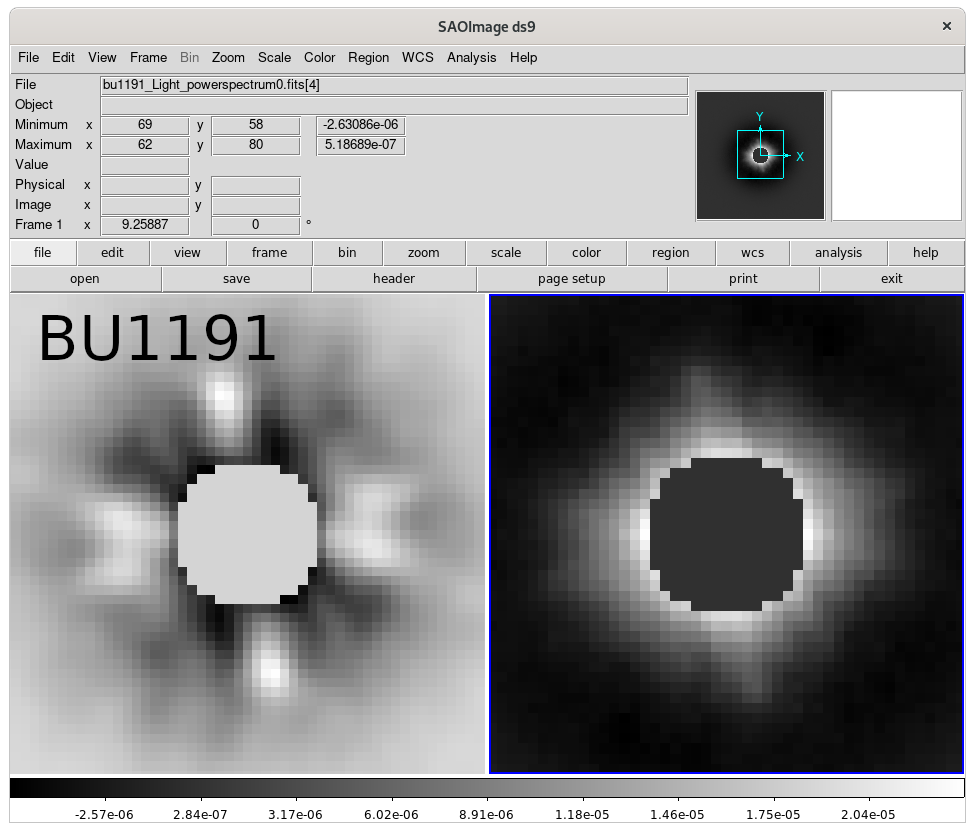
posted at: 00:42 | path: | permanent link to this entry
